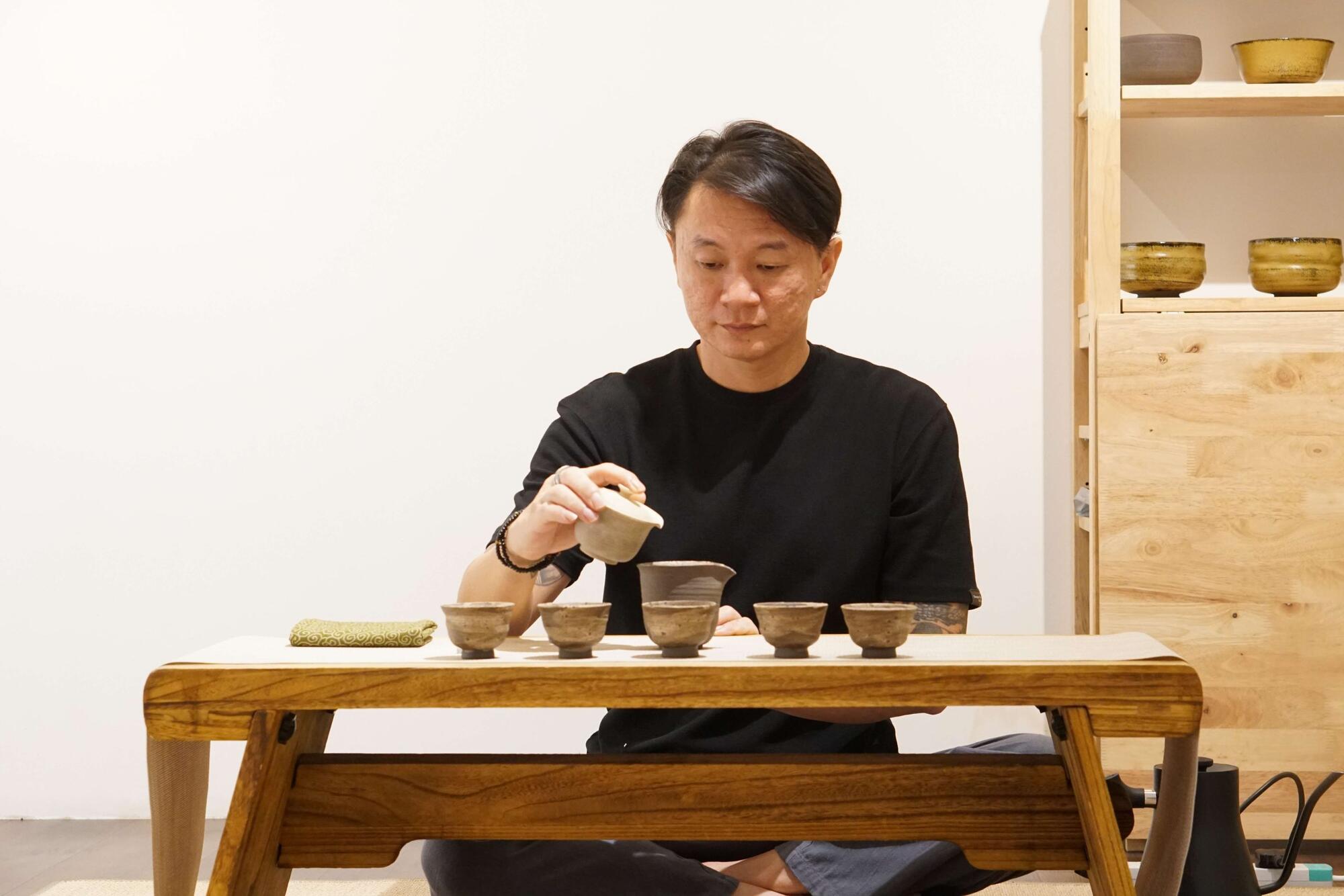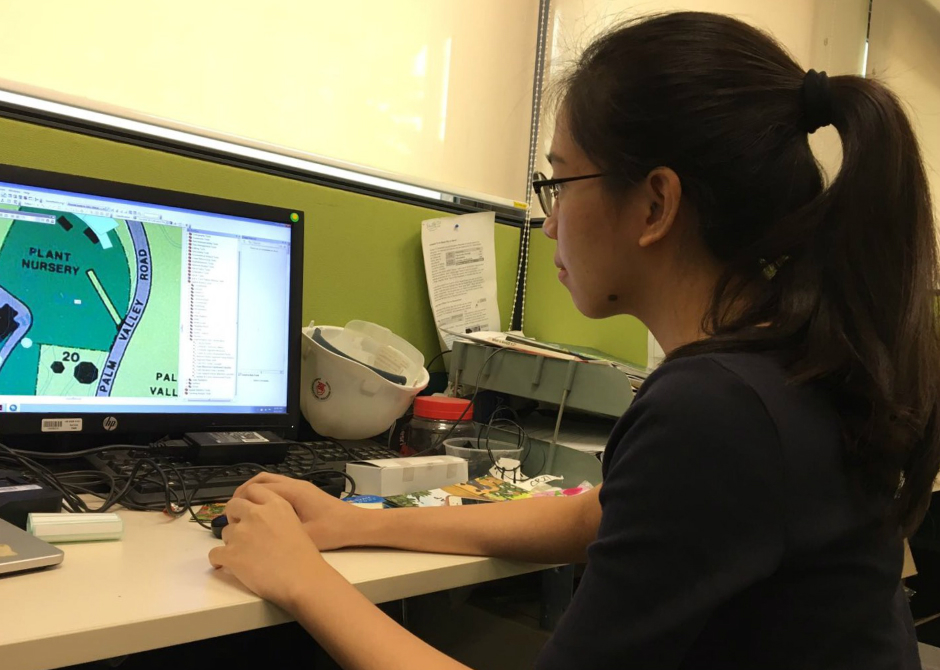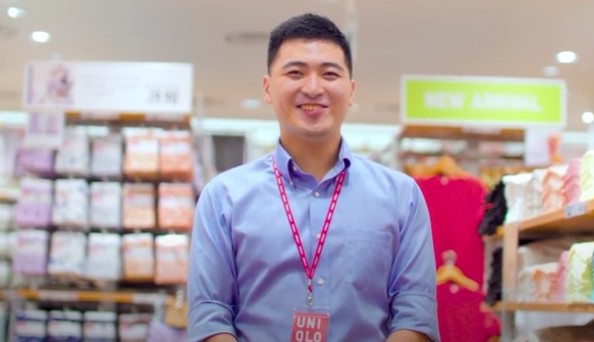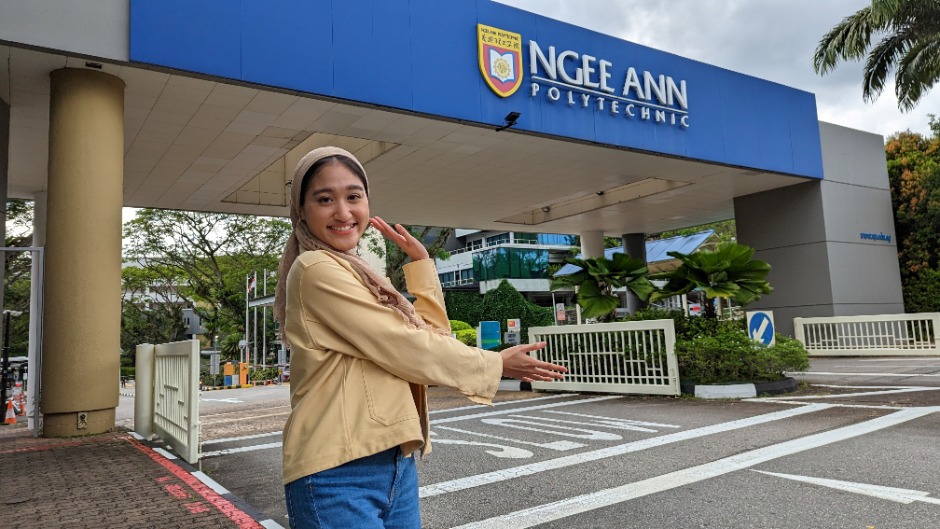When Mr Kim Whye Kee volunteered for the first time at his neighbourhood Meet-The-People session, he showed up in a long-sleeved shirt. Then 28 and fresh out of prison, he wanted to hide the tattoos on his arms.
That was his third time in prison, and the longest stint at five years. There was quite a bit of adjusting to do away from the life he used to lead, and it must have showed.
At the end of the session, where residents can engage with their Member of Parliament (MP) and grassroots leaders, Mr Kim was approached by President Tharman Shanmugaratnam, who was then MP of his ward. Mr Kim still remembers the words that the senior politician said to him: “Just be yourself.”
“It was the first time that nobody asked me why I had tattoos,” says Mr Kim, now 43. He showed up in short sleeves for subsequent sessions.
From street life to student life
Mr Kim’s life now is a far cry from his tumultuous childhood years. As the relationship between his parents soured, the boy was left pretty much to his own devices. His studies suffered – he spent two extra years in primary school and a secondary school education was looking out of reach.
However, the Normal (Technical) stream was conceived around the time to reduce dropout rates, and Mr Kim found himself enrolled in its first batch and kept engaged with school life to some extent.
But life on the streets kept him in trouble; he was routinely beaten up by gangsters, until he found a way out – which was to join a gang himself. Gang and drug activities then sent him in and out of prison for a decade.
During his incarceration, he discovered his interest in learning. He would sign up for course after course, and went on to complete his N-levels and obtain a Nitec in Electronics: Computer and Networking, all while in jail. He also put his hand up for a class on pottery. There, he found solace at the spinning wheel…his hands, once used as fists, were now moulding objects of beauty.
His hands, once used as fists, were now moulding objects of beauty.
Battling social stigma with community help
After his final release from prison in 2008, he went back to feeling adrift and aimless again; he was ready to put his learning to good use but being an ex-offender made it hard for him to find stable employment.
When Mr and Mrs Tharman learned about his struggles, as well as his budding interest in art, Mrs Tharman introduced him to renowned Singaporean artist Henri Chen Kezhan, who saw his potential as a potter. They suggested that he enrol at the LASALLE College of the Arts to hone his craft.
Mr Chen stepped in to help with the fees, while Mrs Tharman found work for him in a woodwork company, so he had a salary. He also received a monthly allowance from Yellow Ribbon Singapore.
With money issues out of the way, the prospect of higher education excited Mr Kim – until he faced the “very big problem” of communication, he recalls amusedly. Mr Kim was more comfortable with Hokkien and Mandarin, but his lessons and assessments at LASALLE were conducted in English.
One of the ways he practised his language skills was at the weekly MPS; as a volunteer, he was tasked to conduct follow-up visits with the residents and file updates. He started out by sending updates in point form as he was unable to construct full sentences. “I sent a lot [of emails] because I can learn a lot,” he says with a laugh, recalling how everyone would reply to his emails with helpful tips on how he could improve on them.
The feather in his cap? In 2013, he graduated from LASALLE with a degree in Fine Arts, with a second upper class honours and a major in Sculpture.
Life as an older student
What was it like to return to school later in life? Mr Kim, who enrolled at LASALLE at age 29, focused on the gains.
In art classes, they were put through critique sessions regularly, to challenge preconceived notions and sharpen their ability to defend their stance.
Constantly being asked to explore the whys and hows of his craft makes him a better artist, he says.
“There are two things I gained from LASALLE: one of them is critical thinking and the other is friendship,” he says. “It was a welcoming environment where I was not looked down upon.”
Those skills came in handy even when studying how to improve his business.
He had set up Qi Pottery in 2017, after being an apprentice to master potter Chua Soo Khim. When his initial works weren’t selling, he boldly reached out to others, to research the whys and hows again – it turned out that his tea cups were larger than what the market preferred, so he set about achieving a better balance in size and aesthetic.
His tea ware today draws buyers from around the world.




Success is…when someone believes in you
About a decade after pinching his first rounds of clay, Mr Kim found recognition.
In 2019, he won the Rotary Club of Singapore’s Artisan of the Year award for his work as a potter. In September 2023, he held an exhibition, Universe in a Teacup, as part of independent arts centre The Substation’s art festival, Re-Connect/Centre/Converge.
Grateful for all the help he has received in turning his life around, Mr Kim wants to do the same for others.
Since 2019, he has been volunteering at the Industrial and Services Co-operative Society (ISCOS), which engages the community to help ex-offenders and their families gain a foothold in society.
As a Titan at ISCOS – a Titan refers to ex-offenders who have been clean for many years – he gives monthly talks to other former inmates. Why? Because everyone needs someone to believe in them, he says.






